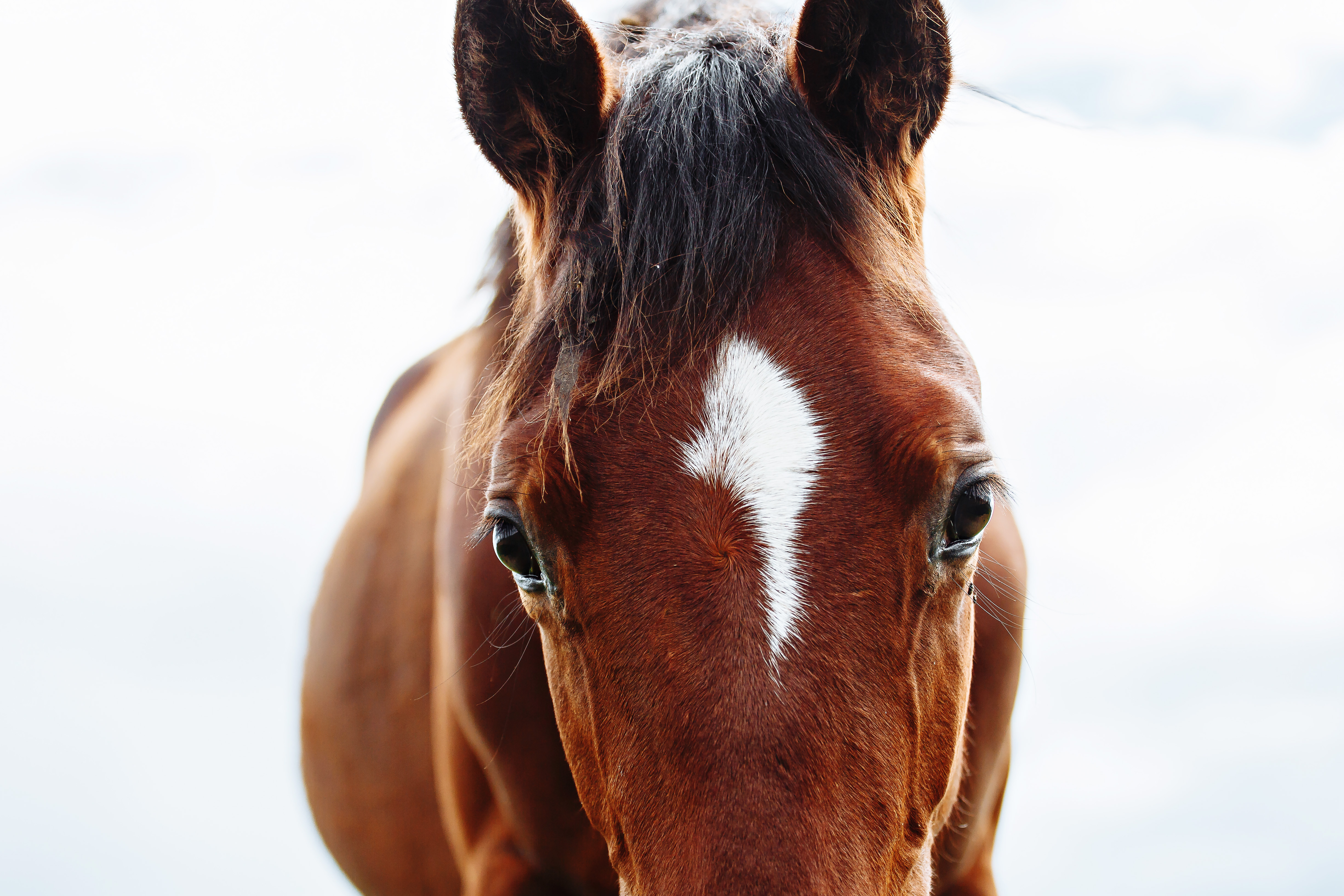Horses can do math…sort of
- December 13, 2024
- ⎯ Equus
A study from Germany suggests your horse is better with numbers than you might have thought.
Researchers at the University of Gottingen trained three Shetland ponies to select images that matched a specific visual prompt. “First they learned to walk up to a learning device and press a button,” says Vivian Gabor, DVM. “They reinforced each approach to the experimental apparatus and then little by little for touching one of the buttons.”

For the next stage of learning, a computer screen on the device showed a stimulus image in the center, with two other images below, one of which matched the stimulus. Every time the pony touched the button that matched the stimulus, he received a few concentrate pellets through a tube. For the stimulus and options, the researchers used symbols the ponies had not seen before. This ensured they were truly matching images to earn the reward, not just selecting a familiar symbol.
Once the ponies had mastered this, the researchers ran the same test but used different quantities of the same image. For instance, a stimulus of two dots was shown to each pony, he had two choices: one with two dots and one with three. If the ponies picked the two dots to match the sample, they received a reward. The size and arrangement of the items in the images were varied to ensure the ponies were choosing based on number alone rather than other visual cues. The final phase of the study used images that were groups of different geometric symbols. Instead of three dots, for instance, the image might be a rhombus, a cross and a triangle.
In at least two consecutive training sessions, all three ponies achieved 80 percent accuracy matching images with up to four elements. One pony was able to discern four geometric symbols from five. This, however, doesn’t mean the ponies were “counting,” says Gabor. “Real counting implies that the individual has an idea of an afferent numerical order. Three is more than two, seven more than four, 165 more than 121. This we only adjudge to the human species and maybe in a limited way to primates,” says Gabor.
“The capacity the study ponies showed is called ‘subitizing.’ It’s a fast and spontaneous adding of a short number of elements/objects.” She adds that primates and some avian species also have this ability.
This numerical skill might not have any obvious place in the average horse’s job description. “But these findings can encourage appreciation for their cognitive abilities, says Gabor. “It’s important for owners and trainers—the whole horse industry—to know about the horse’s sensibility and capacity. When we assess equine learning capacity in the right way, training could become more efficient. This will help ensure the welfare of the horse.”
Reference: “Shetland ponies (Equus caballus) show quantity discrimination in a matching-to-sample design,” Animal Cognition, May 2014
This article first appeared in EQUUS issue #443. Read more about equine intelligence here.
Don’t miss out! With the free weekly EQUUS newsletter, you’ll get the latest horse health information delivered right to your in basket! If you’re not already receiving the EQUUS newsletter, click here to sign up. It’s *free*!





